Internet Explorer discontinued as of june 2022. Functionalities such as removing an uploaded file, or offering unzipped download to a folder of choice, were developped specifically for Internet Explorer. These are no longer available in other browsers. If you would require this kind of automation, Isabel group proposes Isabel Connect. |
You can enter account information in accounting and ERP packages manually, or you can import account information. If you want to import account information, you simply need to sign up to the module Download bank files and ask your bank to send the account information as report files (CODA, MT94x or CAMT).You can find the contact details of your bank here.
If you have a compatible accounting or ERP package you can also use Isabel Go. With Isabel Go – the Isabel button in your accounting package – you can send and receive payments and account information directly to and from your banks.
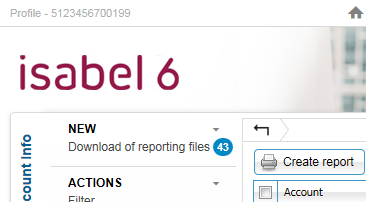
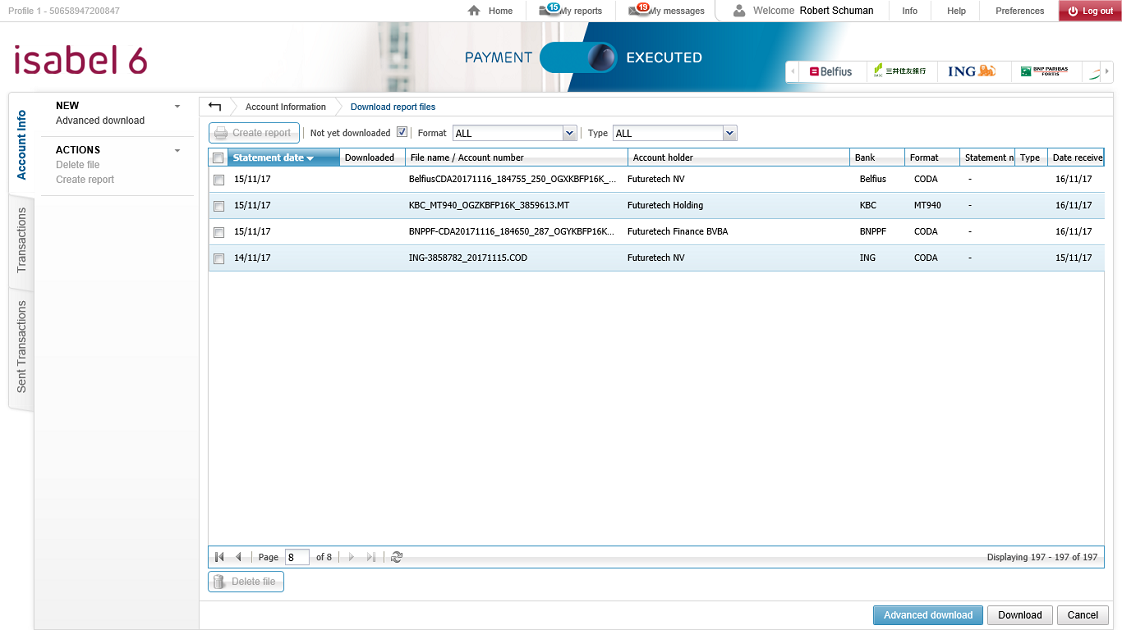
Filter options:
Important columns:
To view the details of a selected file, simply click on the name of the file and the details will appear.
If the file type is supported by Isabel, you can view a summary of the content of the file (the accounts, amount of statements, balance,...).
In the history of downloads, you can view when and who has already downloaded the file.
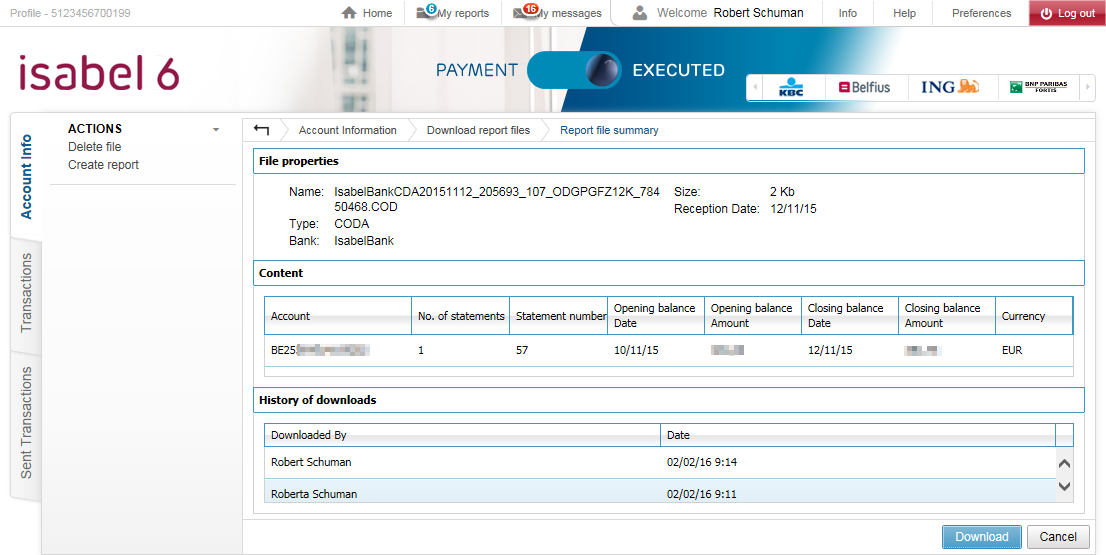
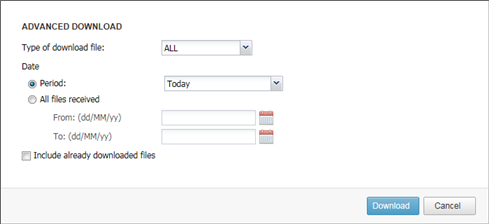

To find a file on your computer, next to the filename, click the Down arrow ![]() > Show in folder.
> Show in folder.
See a list of downloaded files
Change the download location
You can choose a location on your computer where downloads should be saved by default or pick a specific destination for each download.
Click on the Downloads![]() button on the toolbar. (The arrow will appear blue to let you know that there are downloaded files that you haven't viewed.)
button on the toolbar. (The arrow will appear blue to let you know that there are downloaded files that you haven't viewed.)
Note: Your toolbar does not include a Downloads button when you have no downloads in your current browsing session. You can use the Library ![]() button on your toolbar to access previous downloads.
button on your toolbar to access previous downloads.
See a list of downloaded files
Change the download location
When the download is complete, a new notification appears at the bottom of the window.
Available choices include :
Open file. Opens the folder in Windows Explorer.
Show in folder.Opens the download location in Windows Explorer where the file is saved.
See a list of downloaded files
Click Settings and More ![]() and then select the Downloads
and then select the Downloads ![]() button.The most recent downloads appear at the top. The link "Open downloads folder" wil open the downloads folder in Windows Explorer.
button.The most recent downloads appear at the top. The link "Open downloads folder" wil open the downloads folder in Windows Explorer.
Change the download location

![]() When using Safari, the downloaded file(s) will always be contained in a (single) ZIP archive file, which will have to be extracted to gain access to the reporting file(s).
When using Safari, the downloaded file(s) will always be contained in a (single) ZIP archive file, which will have to be extracted to gain access to the reporting file(s).
By default, Safari will download the file to the Downloads folder.
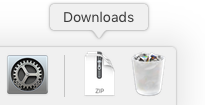
If the default setting has been changed, Safari may ask you where you would like to save the file.
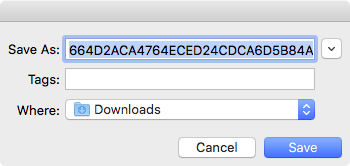
If you click on the v-button next to the filename, a Finder-style navigator will be shown to simplify navigating to your destination folder.
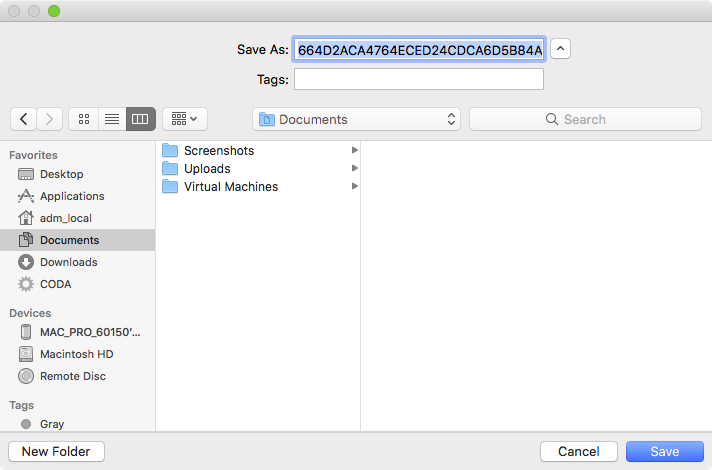
Once you click Save, the file will be downloaded to the desired location.
However, it's also possible to always save downloads to a specific location. To configure this setting:
![]() When using Chrome, the downloaded file(s) will always be contained in a (single) ZIP archive file, which will have to be extracted to gain access to the reporting file(s).
When using Chrome, the downloaded file(s) will always be contained in a (single) ZIP archive file, which will have to be extracted to gain access to the reporting file(s).
By default, Chrome will download the file to the Downloads folder.

If the default setting has been changed, Chrome will ask you where you would like to save the file.
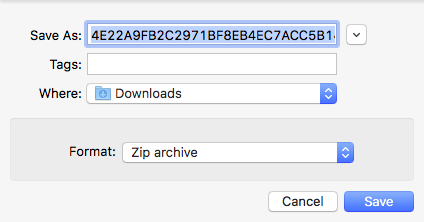
If you click on the v-button next to the filename, a Finder-style navigator will be shown to simplify navigating to your destination folder.
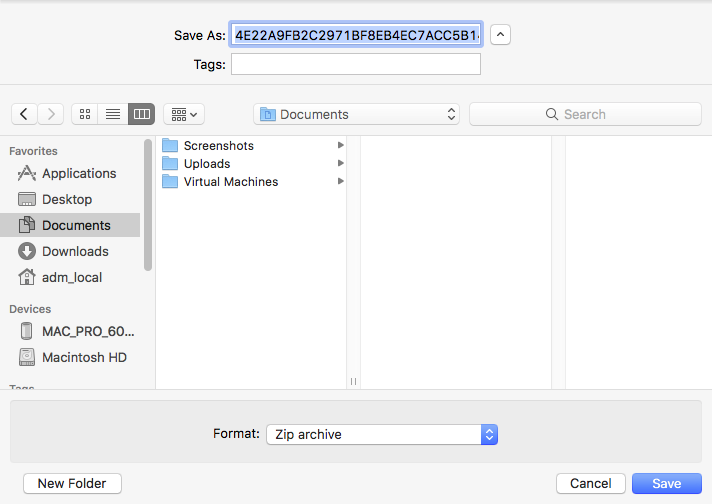
Once you click Save, the file will be downloaded to the desired location. The file will also appear in the Chrome Download Bar (from where you can open it, if so desired).

However, it's also possible to always save downloads to a specific location. To configure this setting:
![]() When using Firefox, the downloaded file(s) will always be contained in a (single) ZIP archive file, which will have to be extracted to gain access to the reporting file(s).
When using Firefox, the downloaded file(s) will always be contained in a (single) ZIP archive file, which will have to be extracted to gain access to the reporting file(s).
By default, Firefox will ask you how you would like to proceed. You will have the choice between saving the file to a location of your choosing, or you can open the file immediately (in which case it will be downloaded to a temporary location).
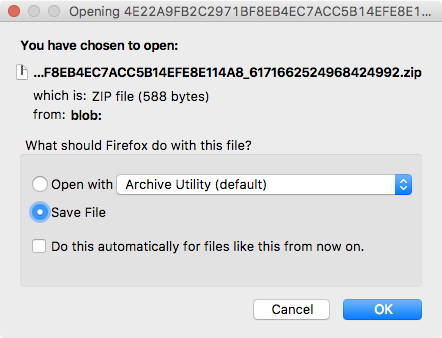
If you choose to save the file, Firefox will ask you where you would like to save the file.
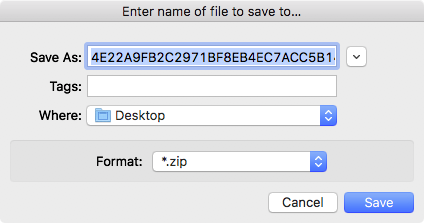
If you click on the v-button next to the filename, a Finder-style navigator will be shown to simplify navigating to your destination folder.
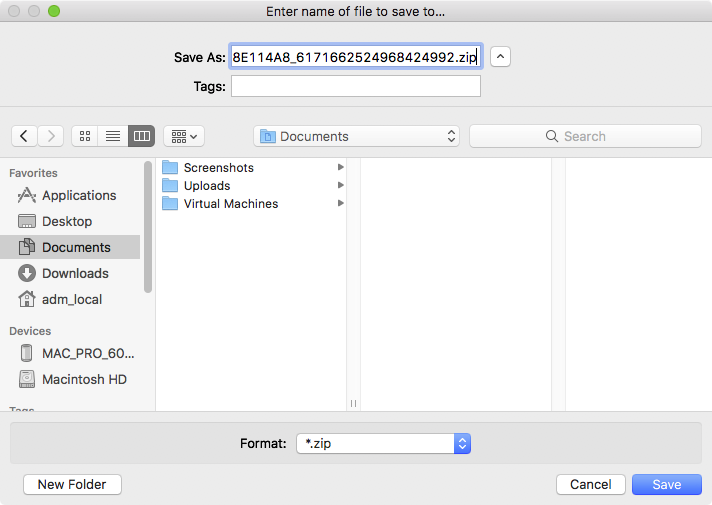
If however you changed the default setting for downloads, the file will be downloaded to the Downloads folder.

However, it's also possible to always save downloads to a specific location. To configure this setting: